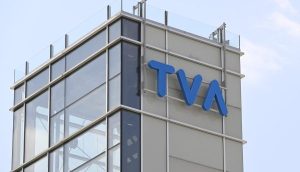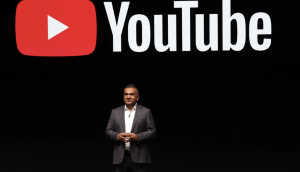The implications of today’s massive $2.65 billion deal between Corus Entertainment and Shaw Communications are wide-ranging, but as the smoke cleared this morning, a clearer picture of the post-deal Canadian broadcast landscape began to emerge.
From a business perspective, the deal, in which Corus proposes to acquire Shaw Media, a division of Shaw Communications, only creates stronger companies on both sides and a healthier product for advertisers, pundits say.
Consultant Michael Hennessey, a former senior Telus executive and past president and CEO of the Canadian Media Producers Association, calls the deal good for Corus as a company, and even better for Shaw Communications.
“From a business perspective it makes a lot of sense for Shaw Communications, because now you have a pure-play communications company and you’ve taken a whole bunch of risk and exposure off your books,” he said in a call Wednesday. “On the broadcasting side, it makes Corus a stronger broadcasting company and it reduces the amount of domestic competition it now faces, although it doesn’t do anything with respect for cord-cutting and OTT.
With Wind now in its sails, so to speak, the deal creates a rather compelling company for acquisition should the Shaw family wish to exit the business upon JR Shaw’s future retirement, he notes. And should the Canadian government re-examine its stance on foreign ownership, it puts Shaw in a rather interesting position.
Certainly for advertisers the news is good, albeit not without its drawbacks.
In an investor call on its Q1 earnings Wednesday morning, Corus president and CEO Doug Murphy said the deal allows the company to address its long-time challenge of addressing issues of scale in comparison to larger media cos, which in turn increases its appeal to advertisers.
“We now have the ability to offer a wider array of advertising solutions for advertisers to reach their audiences, since we now have conventional, speciality, radio and digital. As a consequence of that..it gives us the ability to bring scale to the pricing equation,” Murphy said.
His comments were echoed by media consultant Lauren Richards, who told Playback and Media in Canada this morning that the merged companies create a more attractive opportunity for advertisers.
“There has always been a level of cohesiveness both at Corus and Shaw,” she said, adding that the combined portfolio of assets creates significant efficiencies on the buying side. “Because agencies couldn’t integrate the assets into one cohesive go-to-market strategy, they will now be able to use more creative media executions.”
“It’s less about the cost and size of deals and more about better engagement and more interesting ways to reach the market,” she noted.
However, Eric Oricello, president of Canadian agency Media Dimensions says the deal’s ramifications on agencies’ day-to-day business are both mixed.
On one hand, he says, “It’s great because if you have a diversified target you can use less phone calls to reach many targets,” but he added that media buyers will likely feel the hit in negotiations.
“From a value-of-dollar perspective, it becomes harder as prices are managed internally. With each platform having target strengths and target weakness there will be more price structuring against those targets, which inhibits any negotiation strengths you might have.”
The deal would mean Corus Entertainment would have seven of the top 10 specialty channels in the country, along with the top six specialty channels for women and six of the top 10 kids channels. The net-new opportunity for Corus is conventional television, a sector of broadcasting under particular strain right now as ad dollars migrate across platforms and viewers contemplate cord-cutting.
An analyst on the call noted he was surprised to hear Corus express optimism about conventional television, given the struggles the business face. Murphy countered by saying local television and conventional continues to “offer the broad reach that advertisers desire.”
“It will always be part of the national ad buy. For us, the question becomes how to do you marry most efficiently the power of local [programming] and the stickiness of local news programming with the broad reach of premium marquee content that drives audiences. So we are optimistic about conventional, we are optimistic about local television,” Murphy said.
Although there is no word yet on layoffs, the deal is also likely to affect staff at the companies, another hit to an employment sector already rocked by hundreds of layoffs in 2015. In its statement on the deal, Corus promised $40 million to $50 million in savings would be achieved, but did not specify where those savings would come from.
With files from Julianna Cummins, Sonya Fatah and Val Maloney
























